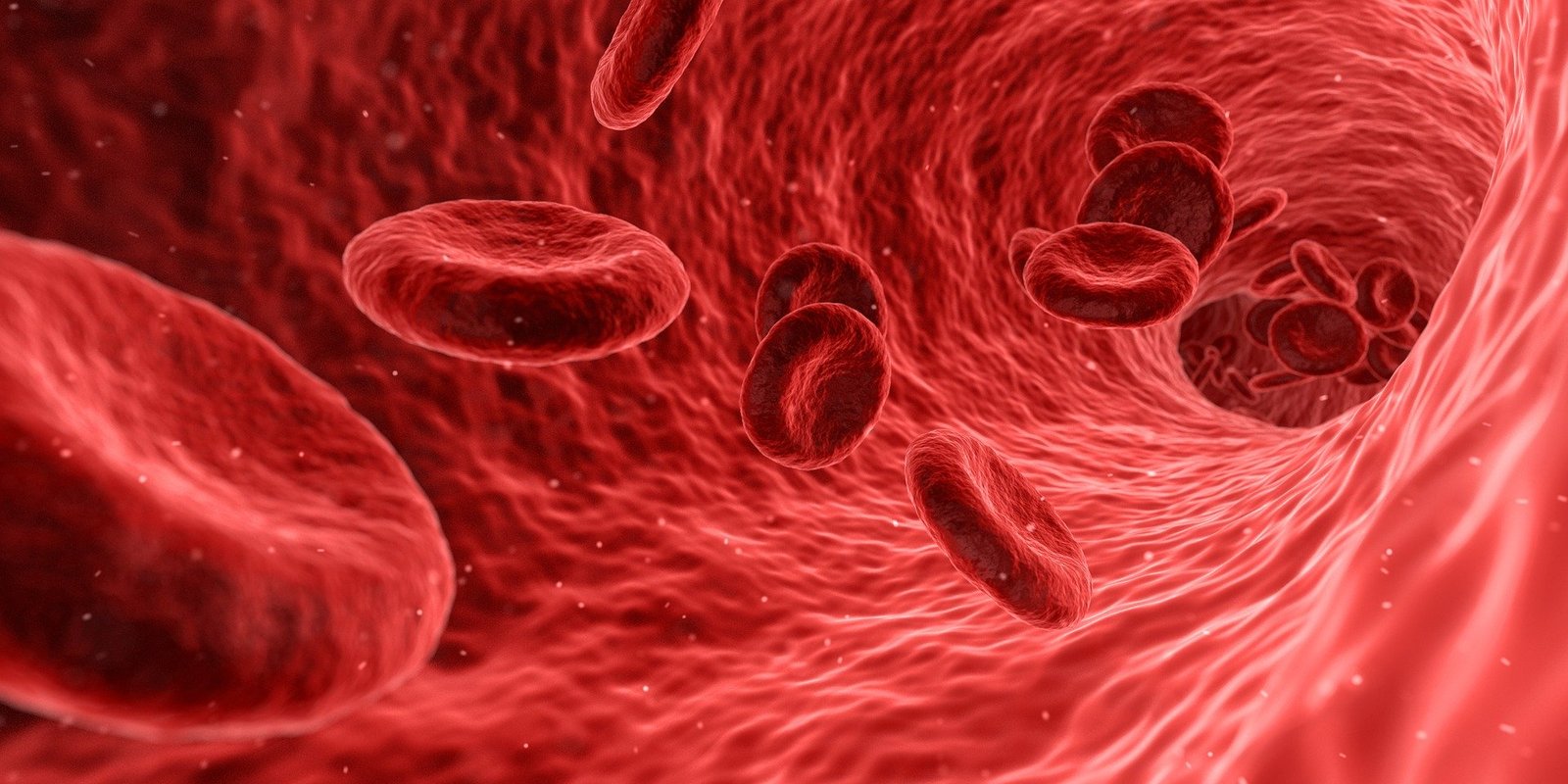INST develops novel material to stop rapid blood loss
March 18, 2020 | Wednesday | News
The biodegradable microparticles that combine to form a gel on a wound offer significant improvements over existing alternatives
Source: Pixabay
After a serious injury, few challenges are more urgent than stopping life-threatening bleeding. Scientists from the Institute of Nano Science and Technology (INST), an autonomous institute under the Department of Science & Technology, have developed a starch-based ‘hemostat’ material that concentrates the natural clotting factors in blood by physically absorbing excess fluid.
The biodegradable microparticles that combine to form a gel on a wound offer significant improvements over existing alternatives.
The early-stage development of the material has been published in the journal Materialia, and Dr. Deepa Ghosh and her colleagues who worked on it hope to develop a versatile, potentially life-saving, and inexpensive product that would be a more realistic solution for lower-income economies worldwide.
The product has increased absorption capacity, improved absorption, inexpensive, biocompatible as well as biodegradable.
By chemically modifying natural starch to form microparticles, Dr. Ghosh’s team has combined the advantages of biocompatibility and biodegradability with a five- to ten-fold increase in fluid absorption and much-improved adhesion. When the microparticles combine, they create an adherent gel that can remain on the wound until slowly dissipating as healing proceeds.










